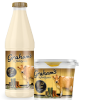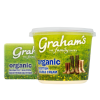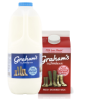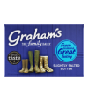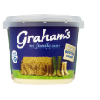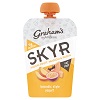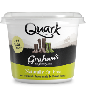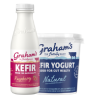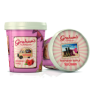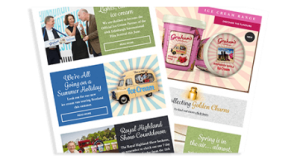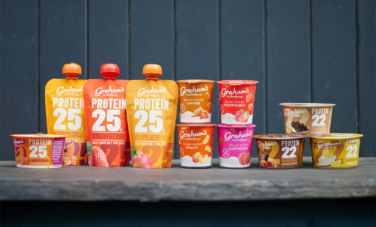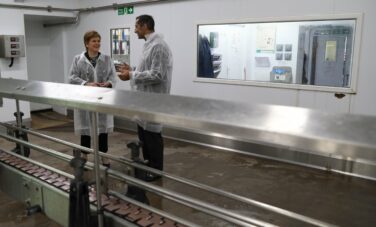
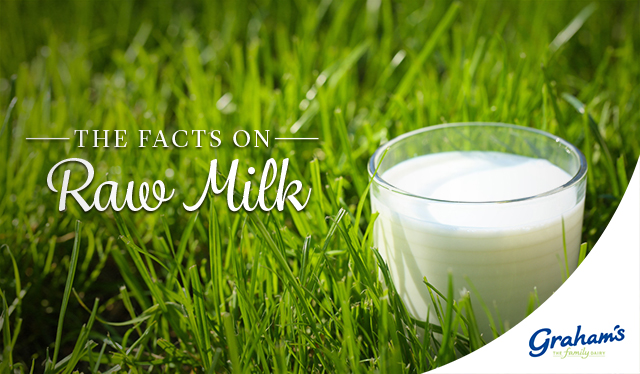
You might have heard about the recent upswing in the number of people drinking a dairy product known as ‘raw milk’. Beginning in America, the trend has gained more and more interest. It’s even been featured on Gwyneth Paltrow’s health and wellbeing publication, ‘Goop’ (you know it’s serious when an A-lister gets involved!). But what actually is raw milk and why the sudden surge of interest? Let’s explore the facts.
Cooked or Raw?
Most of us don’t think of the milk we get in supermarkets as having been ‘cooked’. After all it’s found in the chilled aisle and goes straight into the fridge when we get it home to keep it as fresh as possible. Simply put, raw milk is that which has gone straight from the cow and into the bottle. However, the vast majority of milk we consume (like ours) is pasteurised. That means it’s heat-treated to kill off any harmful pathogens or other nasties that naturally occur in the production process.
The Benefits
Fans of raw milk are keen to emphasise the apparent benefits of consuming it as part of their diet. Full of gut-friendly ‘good’ bacteria (also known by their more technical name, probiotics) that encourage a healthier digestive process – raw milk is being anecdotally heralded in certain circles as a bit of a superfood. Some even claim that it helps with conditions such as asthma, eczema as well as allergic reactions. However, as a relatively new trend, there’s not a lot of research that’s been done to back up these claims.
The Risks
What we do know is that there are some risks associated with unpasteurised, raw milk. As we mentioned above, milk that hasn’t been pasteurised can contain bacteria such as E coli, salmonella, campylobacter and listeria. Of course these can be particularly harmful to humans once consumed. The pasteurisation techniques we use are highly effective at making sure that the raw milk our girls make is completely safe to pour into your cup of tea or bowl of cereal. Raw milk depends on highly skilled farming techniques and near religious cleanliness to lower the chance of contamination – and even then there’s no guarantees. Sorry Gwyneth.
So before you pop out to your nearest dairy farm, milking stool in hand, please do consider the risks that come with raw milk. Until the proper studies have been done, the supermarket may well be the safest and most convenient way to go for now!

